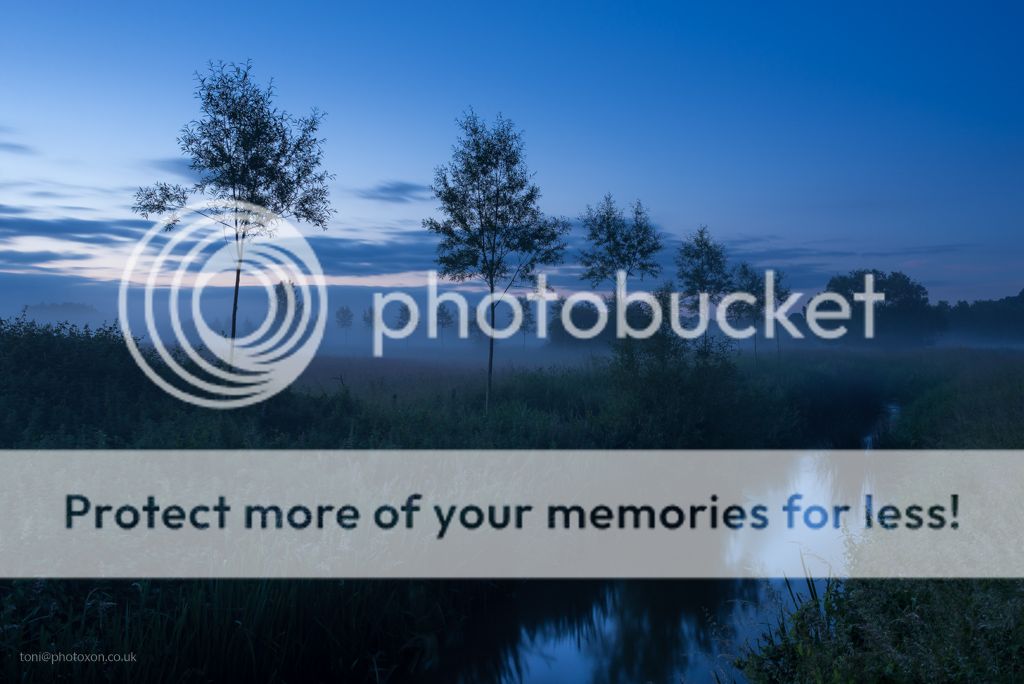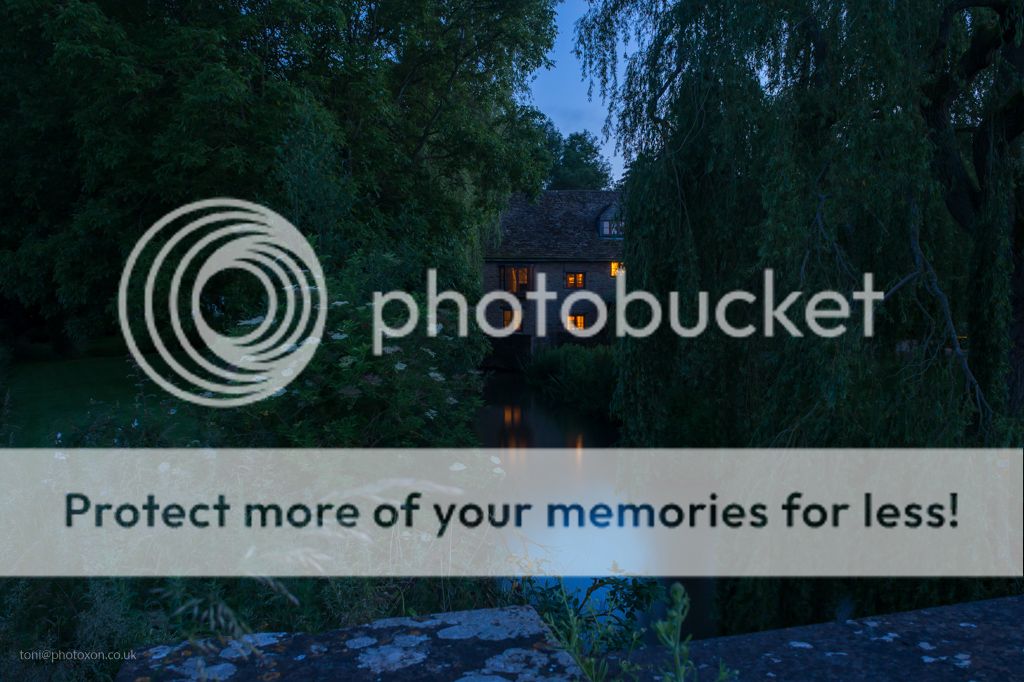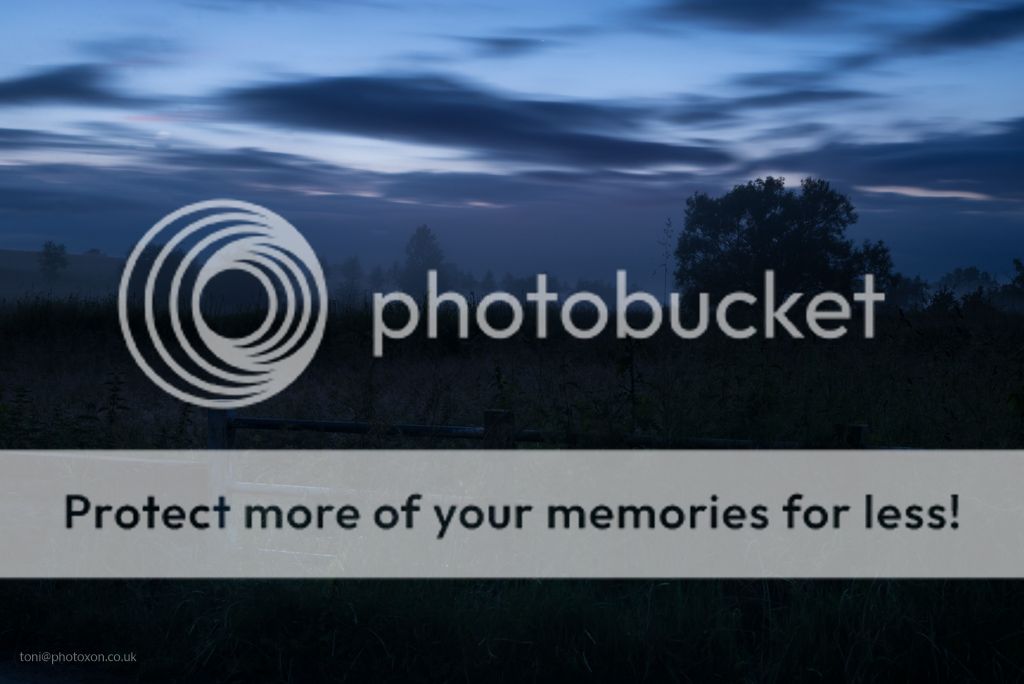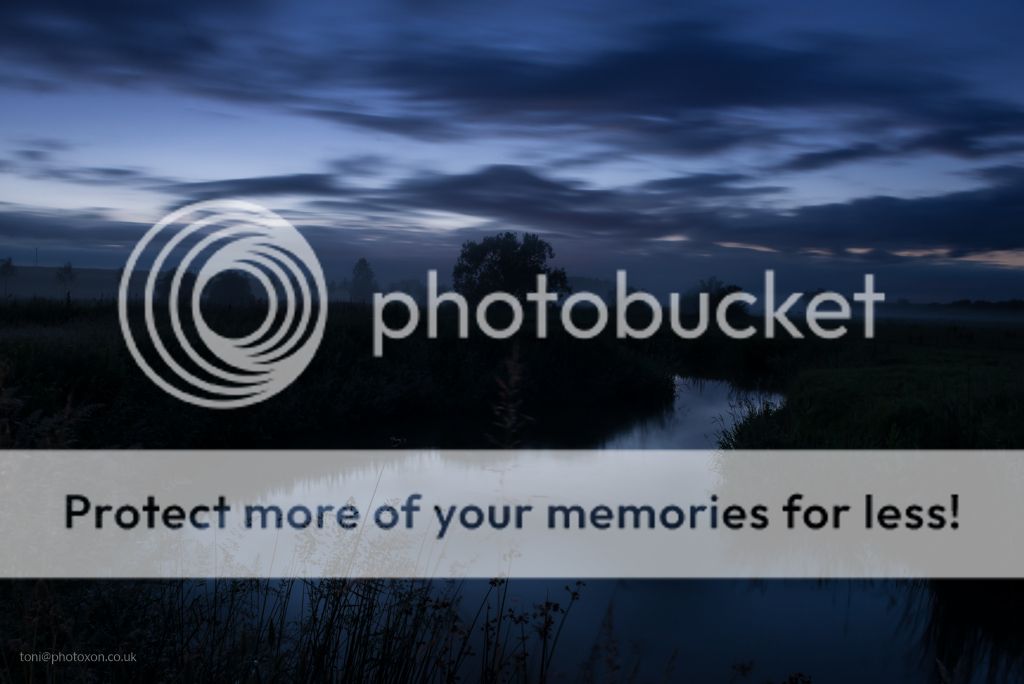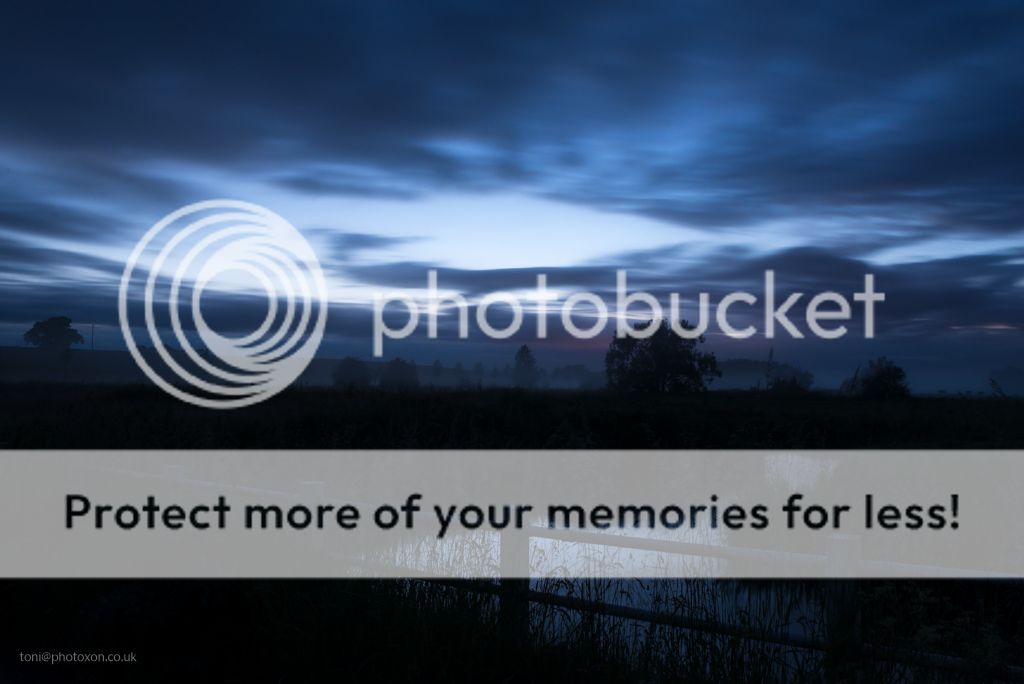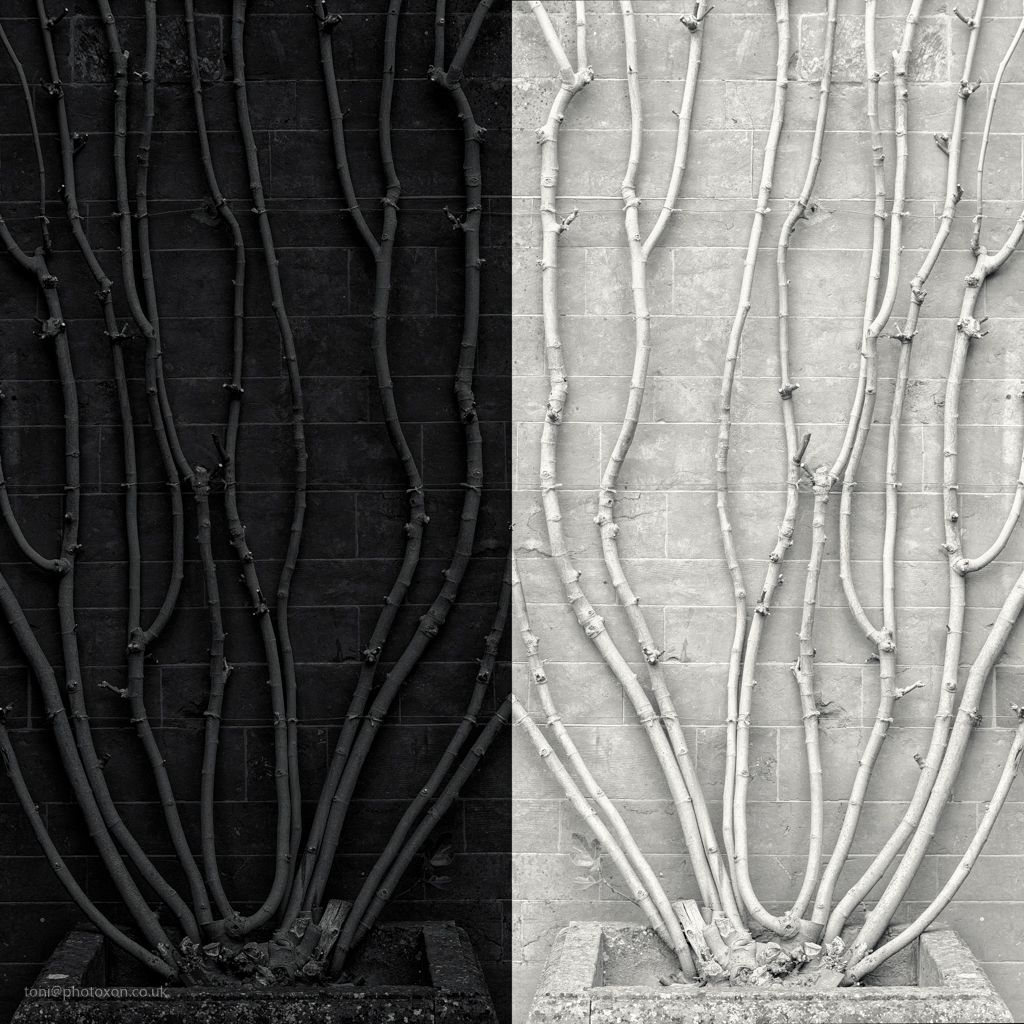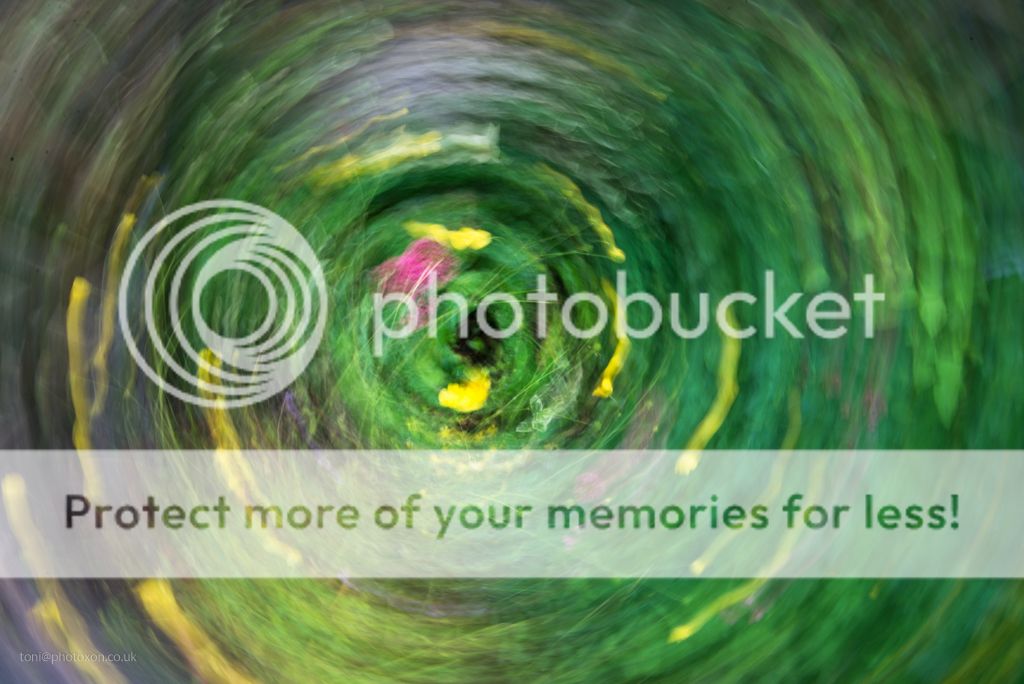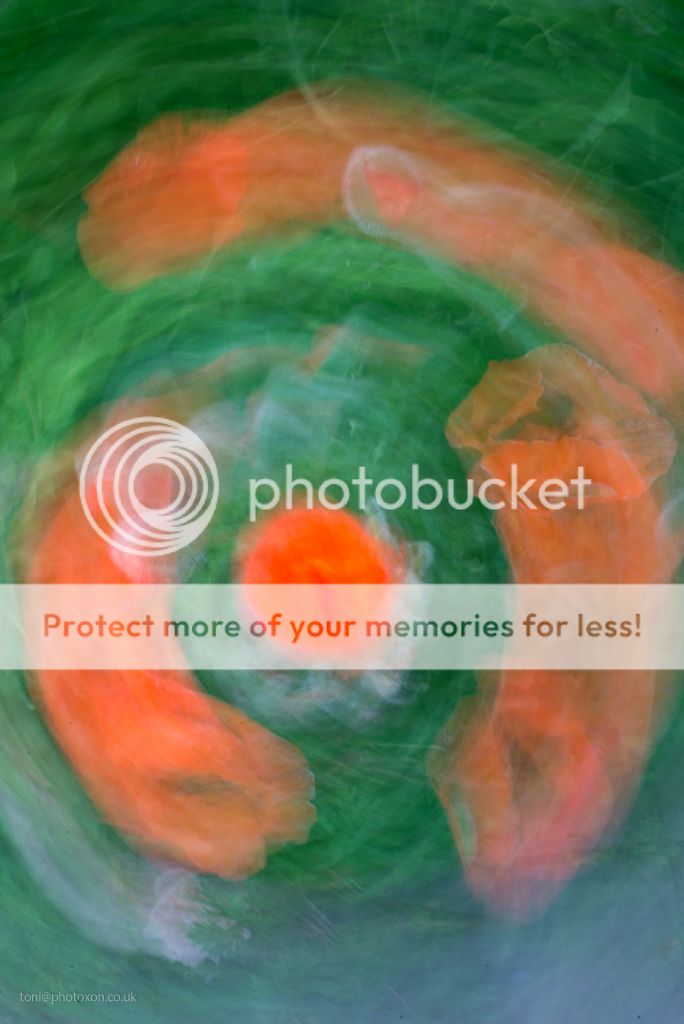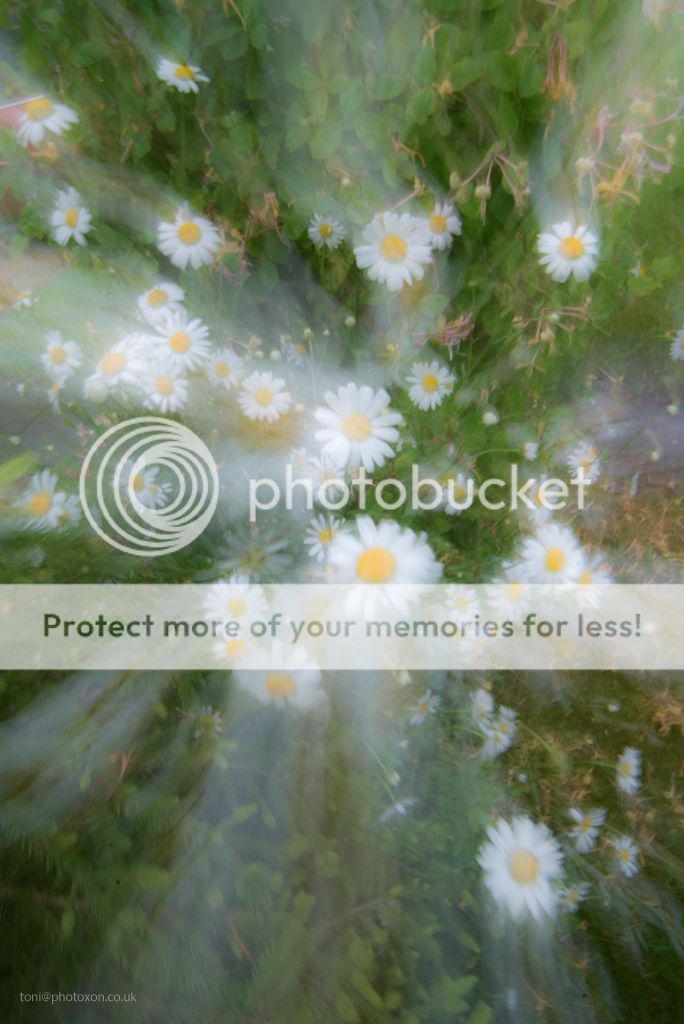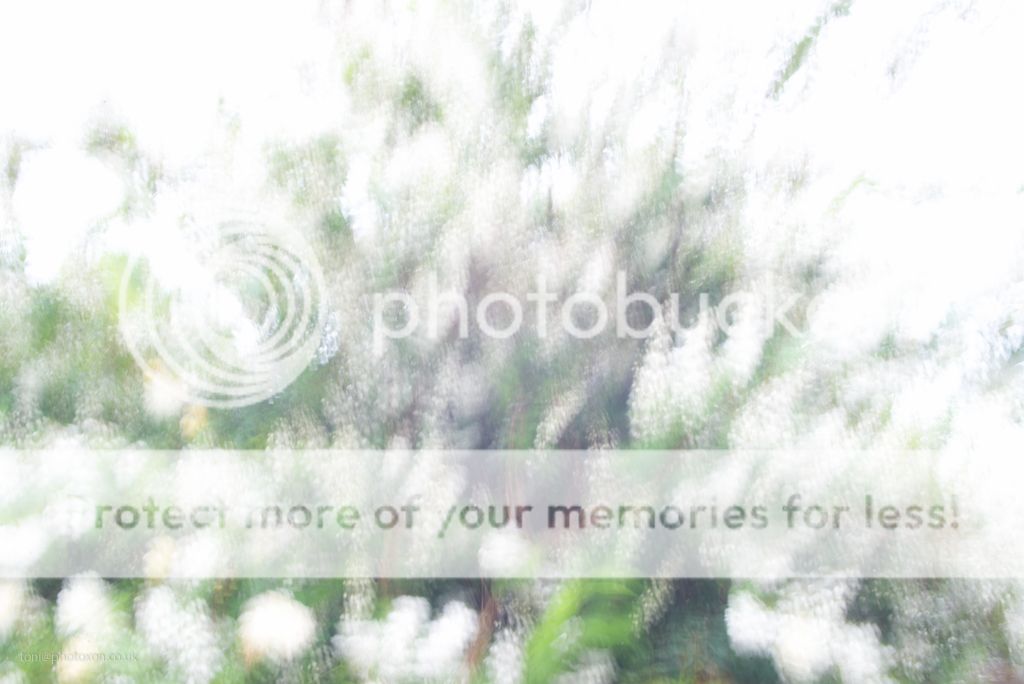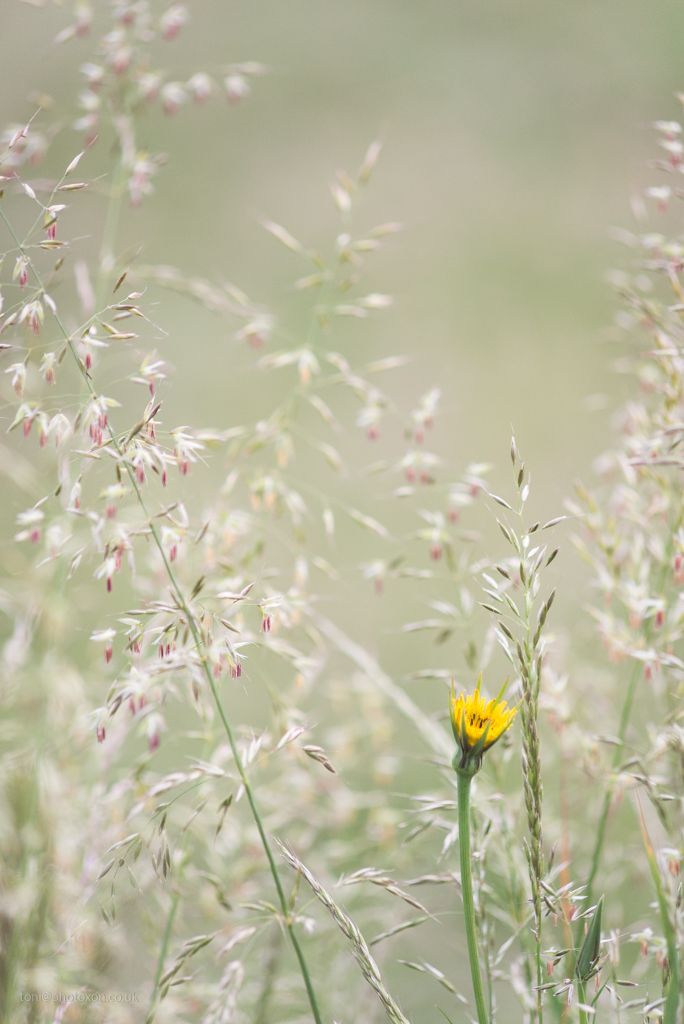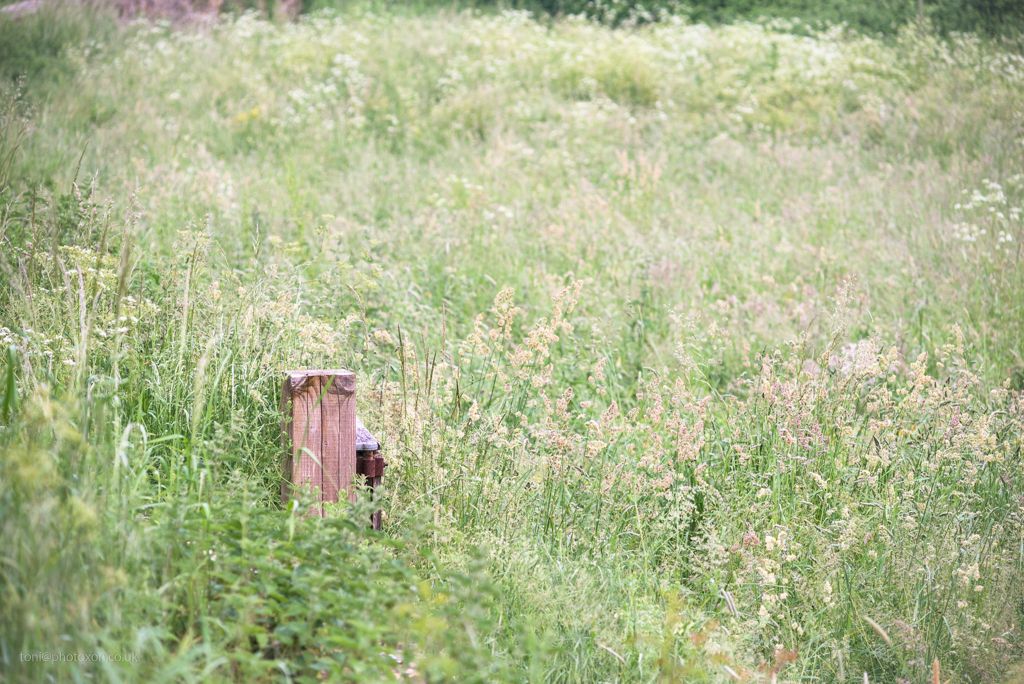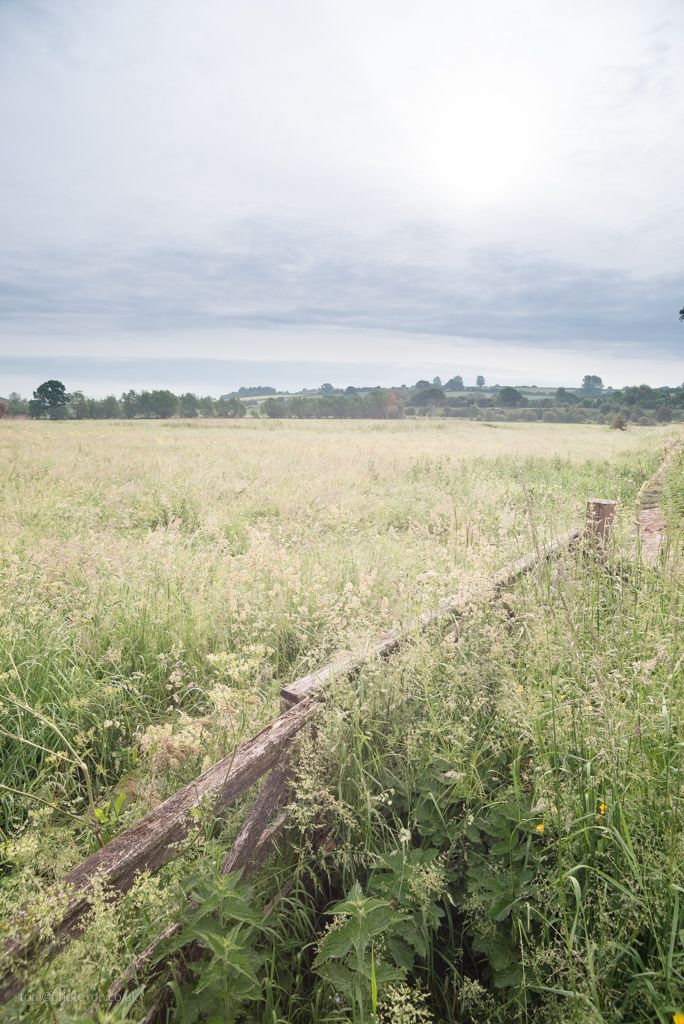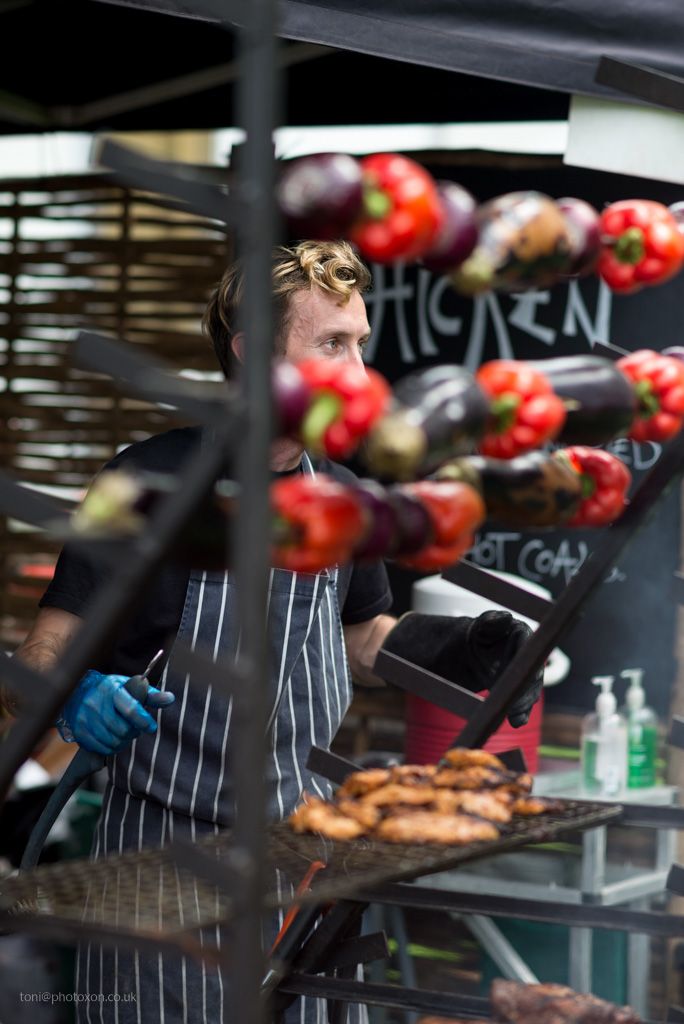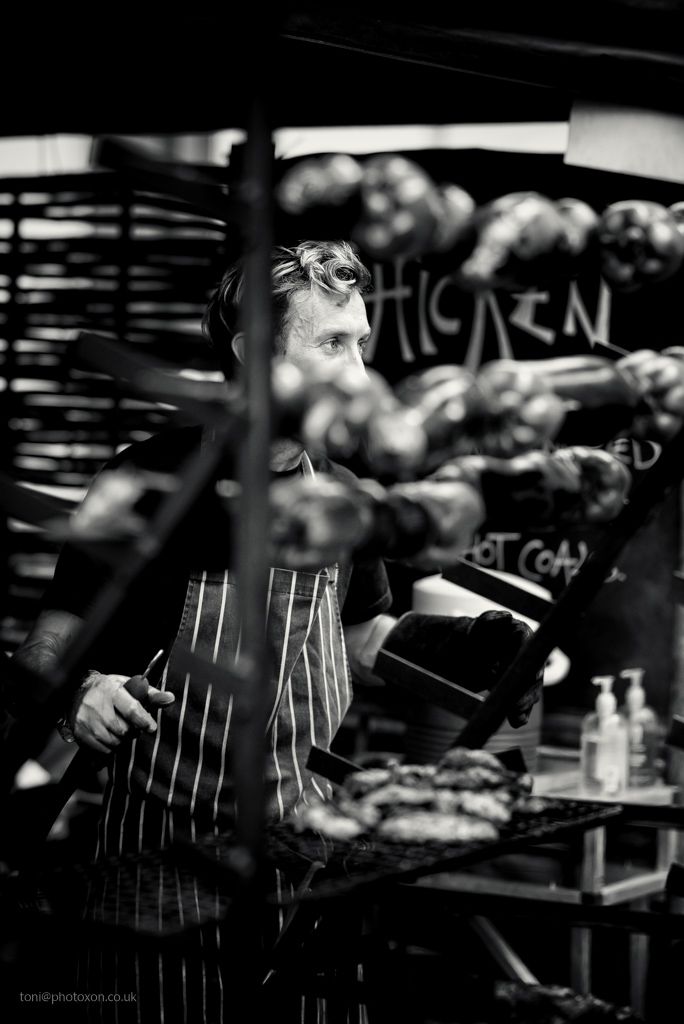On Wednesday evening I was driving back from Banbury around 10.15pm, and noticed a mist falling in the fields either side of the road. On the way down toward our village in the Cherwell valley I could see that mist had also formed in the valley bottom, so stopped in one of the parking spots and went in search of a blue hour picture.
The sun was now down, night was falling fairly fast, and although the mist wasn't as strong as I'd hoped, it helped create some good atmosphere for blue hour images. Light levels were already quite low, so I grabbed a tripod, D610 and 28-85 lens and set up manually for 30sec exposures, varying aperture and film speed, mostly shooting around f16 at ISO200. After the first couple of frames it was too dark to use autofocus, so I simply stopped down well (hence the f16) setting the lens to infinity and then back a little. This is different from the Sony, that seemed to AF in the dark, even with a 10 stop filter in place: the electronic viewfinder gaining up for a very noisy but still useable picture.
After around 25min it became so dark that I simply couldn't see anything through the viewfinder, and it was time to pack up and head home.
When processing these I have resisted the temptation to set black & white points in the usual way for a full tonal range and aiming for maximum detail, instead concentrating on balancing light and dark areas. In the later images where night had fallen I've tried to bring up enough shadow detail to provide information about what's there without making the image look like it was taken in daylight. The colour of the sky also gradually drifted further and further blue, and again I chose not to 'correct' this. Keeping the sense of night time was important for the last couple particularly, so that one could imagine actually walking down that road while I was at work.
Mill leat
Somerton Mill
No gate
Nights falls 1
Night falls 2
A healthy glow.
The orange glow in the last couple of images is from the streetlights in Deddington, a few miles away over the crest of the surronding hills.
Friday 24 June 2016
Friday 17 June 2016
How do you shoot?
I've been wandering through my Flickr page, pics recently uploaded. It's made me realise that when I use my Sony gear then I mostly shoot and process straight, whether it's landscapes, objects or people, and generally in colour. There have been exceptions, but usually just a single theme (like the cars of Wetaskiwin's Reynolds motor museum in mono).
Yet when I shoot with the Nikon I find myself wanting to do all sorts of odd processing on the images in ways I never would with the Sony. Bizarre, because the higher detail lends itself to more conventional processing and straight imagery better than the slightly fringy Sony output. It might be the lenses (mostly I use a 20-35, or manual 85 f1.4 and 80-200 f4.5) which completely lack 'normal' midange focal lengths, but I'm not sure that's the case either.
Or maybe it's because the Nikon .NEF files don't look so good SOOC but also withstand abuse better than the Sony .ARW files? Who knows.
Yet when I shoot with the Nikon I find myself wanting to do all sorts of odd processing on the images in ways I never would with the Sony. Bizarre, because the higher detail lends itself to more conventional processing and straight imagery better than the slightly fringy Sony output. It might be the lenses (mostly I use a 20-35, or manual 85 f1.4 and 80-200 f4.5) which completely lack 'normal' midange focal lengths, but I'm not sure that's the case either.
Or maybe it's because the Nikon .NEF files don't look so good SOOC but also withstand abuse better than the Sony .ARW files? Who knows.
Tuesday 14 June 2016
ICM, also known as pretentious blur.
Intentional camera movement or ICM is a technique I toy with at times. Some photographers have built a career around it, but TBH in some cases they would probably also be able to shift beach-front properties in Arizona if they tried. I like it, not because it brings any particular meaning to an image, but instead it strips away meaning, hopefully leaving just an interesting pattern and sometimes a nice colour combination. If you're trying to read more into one of these images than that then you're probably mildly self-delusional. ;-)
While it may be an artless art, it's not a skilless craft.
First requirement is a low enough light level to slow shutter speed down to between 1 and about 10 seconds, so you're either going to need to work indoors, choose a time of day when light levels are low or fit a 10 stop filter and close the aperture of your lens untile the blades squeek. This evening was overcast with a little bright sun filtering through the clouds to provide some catch-lights and give 1.5 to 3 seconds at f22 with a sensitivity for the camera of 100ASA.
Next comes lens selection. I wanted to get in close and really be near the subjects, so I used a Sigma 20-35 zoom, most of the time around 20mm, though a 24mm or equivalent lens could work similarly. Being close with a wideangle distorted perspective, smearing objects further away across the edges of the frame and exaggerating camera movement there. This also allows light objects to leave light trails if the camera is pushed towards them in a way that couldn't happen with a longer focal length.
Finally comes the type of movement. The obvious ones are:
Rotation, where the camera is turned during exposure.
Agitation in one plain where the camera is moved up & down/side to side.
Zooming where either a zoom lens is zoomed while exposing or the camera is moved toward or away from the subject as I did.
It can also be beneficial, depending on how much residual information is desired in the image, to keep the camera still for part of the time before commencing movement.
As for processing, forget about sharpness and straightening verticals. Key things are framing, tones and colours. Framing may need adjustment, simply because once the shutter closes there's nothing to see through the view finder, and it's hard to predict exactly what the camera will take in or how far off-centre you've drifted while moving. Tones and colours because, with a blurred subject, they are the means through which you control the appearance of the image.
These are the first ICM images that I've published, though certainly not the first I've shot. So do the results justify the means? Comments welcome.
Natural yarn
Poppies 1
Poppies 2
Daisy ICM
Natural fairy lights.
OK, so I've named the images - pretentious after all. Somehow it seems to help them make sense a little more.
While it may be an artless art, it's not a skilless craft.
First requirement is a low enough light level to slow shutter speed down to between 1 and about 10 seconds, so you're either going to need to work indoors, choose a time of day when light levels are low or fit a 10 stop filter and close the aperture of your lens untile the blades squeek. This evening was overcast with a little bright sun filtering through the clouds to provide some catch-lights and give 1.5 to 3 seconds at f22 with a sensitivity for the camera of 100ASA.
Next comes lens selection. I wanted to get in close and really be near the subjects, so I used a Sigma 20-35 zoom, most of the time around 20mm, though a 24mm or equivalent lens could work similarly. Being close with a wideangle distorted perspective, smearing objects further away across the edges of the frame and exaggerating camera movement there. This also allows light objects to leave light trails if the camera is pushed towards them in a way that couldn't happen with a longer focal length.
Finally comes the type of movement. The obvious ones are:
Rotation, where the camera is turned during exposure.
Agitation in one plain where the camera is moved up & down/side to side.
Zooming where either a zoom lens is zoomed while exposing or the camera is moved toward or away from the subject as I did.
It can also be beneficial, depending on how much residual information is desired in the image, to keep the camera still for part of the time before commencing movement.
As for processing, forget about sharpness and straightening verticals. Key things are framing, tones and colours. Framing may need adjustment, simply because once the shutter closes there's nothing to see through the view finder, and it's hard to predict exactly what the camera will take in or how far off-centre you've drifted while moving. Tones and colours because, with a blurred subject, they are the means through which you control the appearance of the image.
These are the first ICM images that I've published, though certainly not the first I've shot. So do the results justify the means? Comments welcome.
Natural yarn
Poppies 1
Poppies 2
Daisy ICM
Natural fairy lights.
OK, so I've named the images - pretentious after all. Somehow it seems to help them make sense a little more.
Monday 13 June 2016
Never waste an early morning
So our son needed to be at Heathrow airport for an 8am flight, but Heathrow is only an hour away, and by 7am I was back in the valley. The light from a slightly overcast sky was lovely, with the sun barely breaking through - enough modelling and shadow to give 3 dimensions but without harshness.
Images 1-4 were taken with a Nikon 80-200 f4.5 manual focus zoom at f5.6: I wanted enough depth of field to keep the subject area sharp, but shallow enough to soften the background. For image 5 I used an old Sigma 20-35 zoom at 20mm f9.5 to enable me to 'get right inside' the foreground and preserve good detail most of the way to the horizon and in the clouds.
These needed careful processing to try to acheive a natural look: conditions were very bright despite the overcast, causing deep shadows that needed careful recovery in some cases, and care not to bleach the highlights of the light toned flower and seed heads. The colour of light also changed according to whether the lens was pointed toward or away from the sun, being either warmer or cooler according to whether it was being reflected from or passing through the plants and flowers.
As far as possible I've tried to retain the light, delicate nature of the meadows while picking out points to catch the eye and lines to lead it through.
Images 1-4 were taken with a Nikon 80-200 f4.5 manual focus zoom at f5.6: I wanted enough depth of field to keep the subject area sharp, but shallow enough to soften the background. For image 5 I used an old Sigma 20-35 zoom at 20mm f9.5 to enable me to 'get right inside' the foreground and preserve good detail most of the way to the horizon and in the clouds.
These needed careful processing to try to acheive a natural look: conditions were very bright despite the overcast, causing deep shadows that needed careful recovery in some cases, and care not to bleach the highlights of the light toned flower and seed heads. The colour of light also changed according to whether the lens was pointed toward or away from the sun, being either warmer or cooler according to whether it was being reflected from or passing through the plants and flowers.
As far as possible I've tried to retain the light, delicate nature of the meadows while picking out points to catch the eye and lines to lead it through.
Saturday 4 June 2016
Would you buy food from this man?
Last weekend we went to the Blenheim Palace food festival. There wasn't much going on food-wise that could be photographed, but there were some interesting characters.
This chap was working on a stand selling barbecued food, and was busy talking to some customers. I liked the expression in his eyes and the way the food hid the rest of his face to make him just a little menacing than circumstances might have suggested.
Shot with a Nikon D610, Samyang 85mm f1.4 lens at f2. This is a manual focus lens, and required care to get the eyes sharp while throwing everything else out of focus.
However the food in this first image is a little distracting, and if the peppers had been dark then the image would have been more striking. So in order to really draw attention to the subject I converted the image to monochrome using Nik Silver Efex software.
This chap was working on a stand selling barbecued food, and was busy talking to some customers. I liked the expression in his eyes and the way the food hid the rest of his face to make him just a little menacing than circumstances might have suggested.
Shot with a Nikon D610, Samyang 85mm f1.4 lens at f2. This is a manual focus lens, and required care to get the eyes sharp while throwing everything else out of focus.
However the food in this first image is a little distracting, and if the peppers had been dark then the image would have been more striking. So in order to really draw attention to the subject I converted the image to monochrome using Nik Silver Efex software.
Nature's running track
This field at the top of Somerton village was newly seeded with what I suspect is maize, just a few weeks ago. The lines of small plants just sprouting and the loose cindery soil between reminded me of those running tracks we used to suffer running round when I was a small boy at a big school athletics day.
For the shot I used a Nikon D610 an old Nikon 80-200 f4.5 manual zoom, set to about f5.6 to allow me to crop in and keep the depth of field narrowish while still keeping the lines clear enough to see. I was shooting into the sun and had to be careful about flare on the lens, so stood in the shadow of a tree to prevent the image being spoiled.
For the shot I used a Nikon D610 an old Nikon 80-200 f4.5 manual zoom, set to about f5.6 to allow me to crop in and keep the depth of field narrowish while still keeping the lines clear enough to see. I was shooting into the sun and had to be careful about flare on the lens, so stood in the shadow of a tree to prevent the image being spoiled.
Subscribe to:
Posts (Atom)
